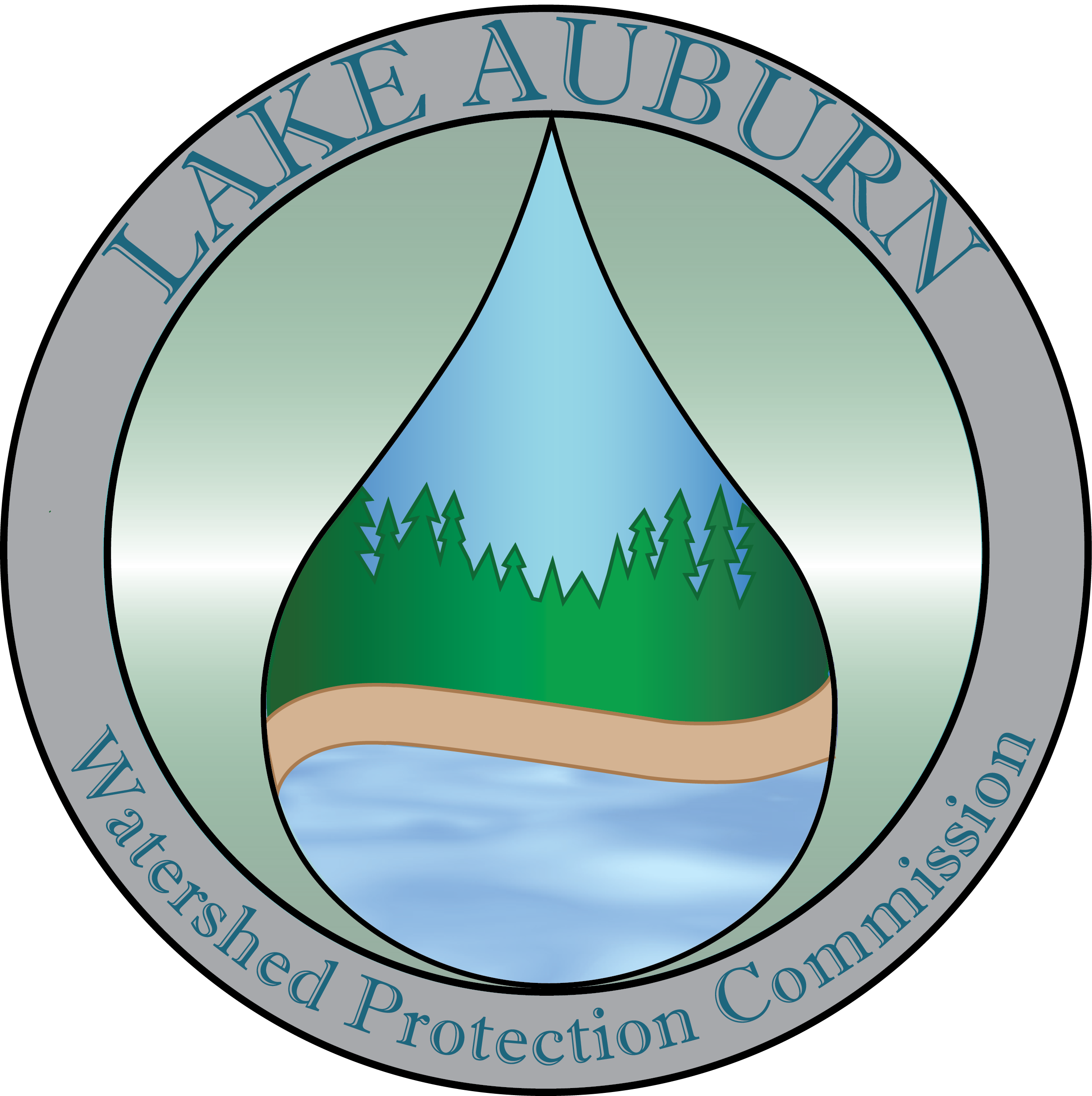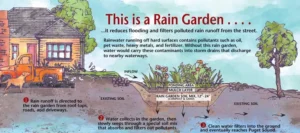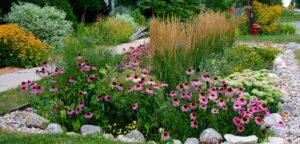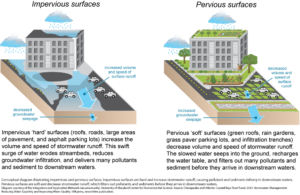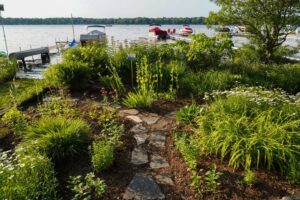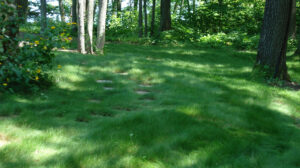What is stormwater runoff?
Stormwater runoff is rain that falls on streets, parking areas, sports fields, gravel lots, rooftops or other developed land and flows directly into nearby lakes, and rivers carrying with it pollutants, nutrients, and debris which and negatively impact the health of our watershed.
What are some solutions to help mitigate stormwater runoff?
Rain Gardens:
Rain gardens are both aesthetic and functional concave gardens with native plants that filter stormwater runoff. Benefits of Rain Gardens include Improved water quality, provides wildlife habitat, Prevents Erosion, Slows Spreads and Sinks Stormwater, Beautiful, Low cost and low maintenance. Improved protection and resiliency of the landscape.
Images: Upland Design (Left), Cincinnati Master Rain Gardener Program (Right)
For more information on how to build a rain garden look HERE
Permeable Surfaces:
Permeable Surfaces such as stormwater friendly driveways allow water to soak into the ground, where it is naturally filtered by the soil and can help replenish groundwater. Additionally permeable surfaces can help keep pollutants from running off into Lake Auburn. Additional benefits include Improved Water quality, erosion prevention on your property, increased value of your home, aesthetically pleasing.
Images: Georgetown Climate Center (Left), Pittsburgh Water and Sewer Authority (Right)
Lakeshore Landscaping:
Due to the vegetative buffers Lake Auburn benefits from: phosphorus and nitrogen. Recharging groundwater and limiting flooding Filtering sediments and trapping pollutants to keep our drinking water clean. Protecting banks from erosion. Provide aesthetic, recreational, educational, and research opportunities. Natural shoreland buffers have been lost in many places. Restoring and protecting them can improve water quality, bank stability, wildlife habitat and aesthetics.
Click HERE to learn more about Lake Shore Landscaping
No-Mow/Low-Mow:
Low-Mow and No-Mow means to mow your lawn less frequently and at a higher blade height on your mower. Natural lawns increase capacity to slow and filter stormwater runoff. These low-mow and no-mow areas are very effective filters and can help protect sensitive areas such as lakeshores, streams, wetlands, and woodland areas from runoff and erosion. They can also be established along ditches, roads, driveways, and other areas to help intercept and filter stormwater runoff close to the source. The benefits of low mow include improved water quality, low maintenance, low cost, visual appeal,, habitat for wildlife, slow, spread and sink stormwater runoff, and increased resilience and health of the lawn.
Learn more about No-Mow/Low-Mow HERE
